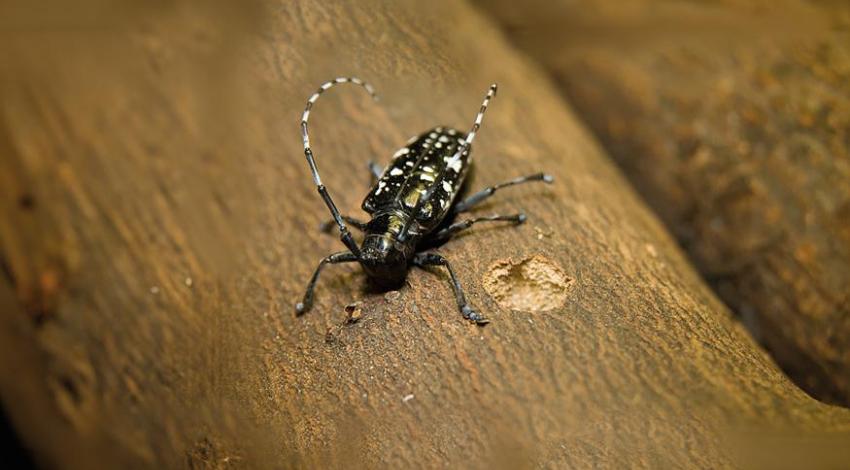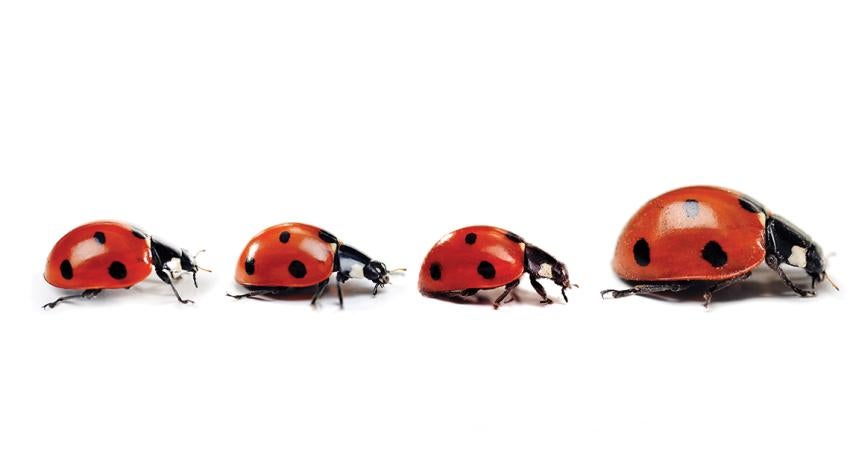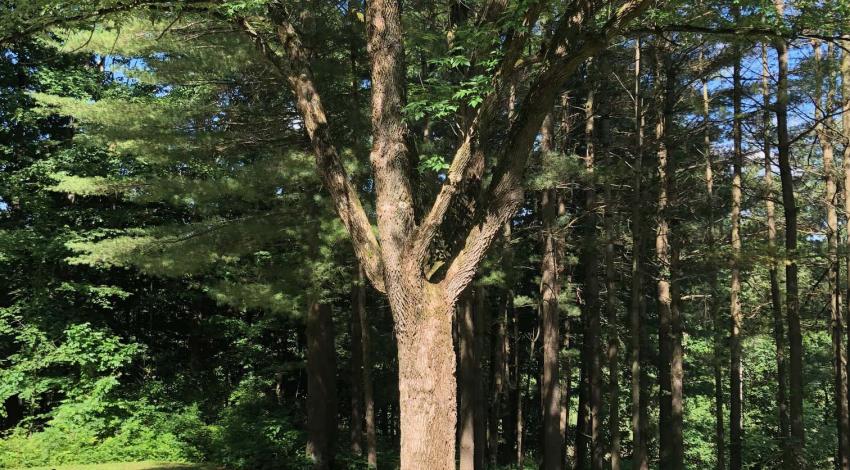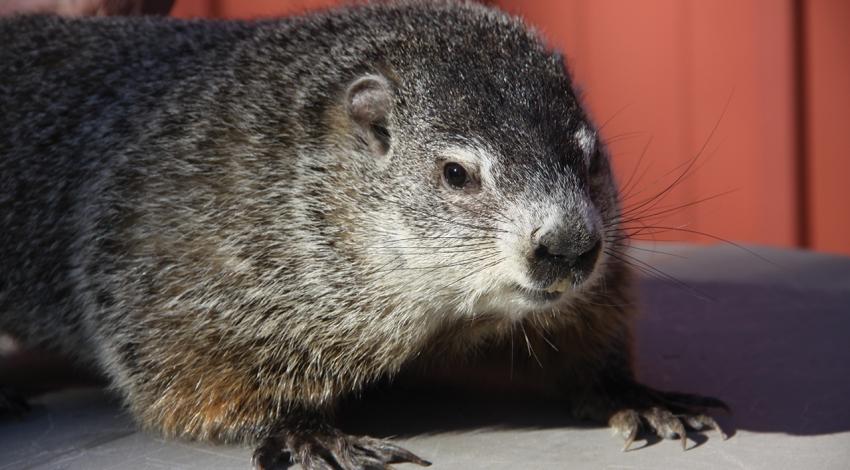Got trees? Most co-op members do. If you’re among that group, the U.S. Department of Agriculture wants you to be on the lookout for yet another invasive insect species attacking woods in the Buckeye State: the Asian longhorned beetle (ALB).
The ALB is a wood-boring bug that attacks a dozen types of hardwood trees in North America, including maples, elms, buckeyes, birches, and willows. Infested trees do not recover. They then weaken and become safety hazards, especially during storms, and eventually die.











